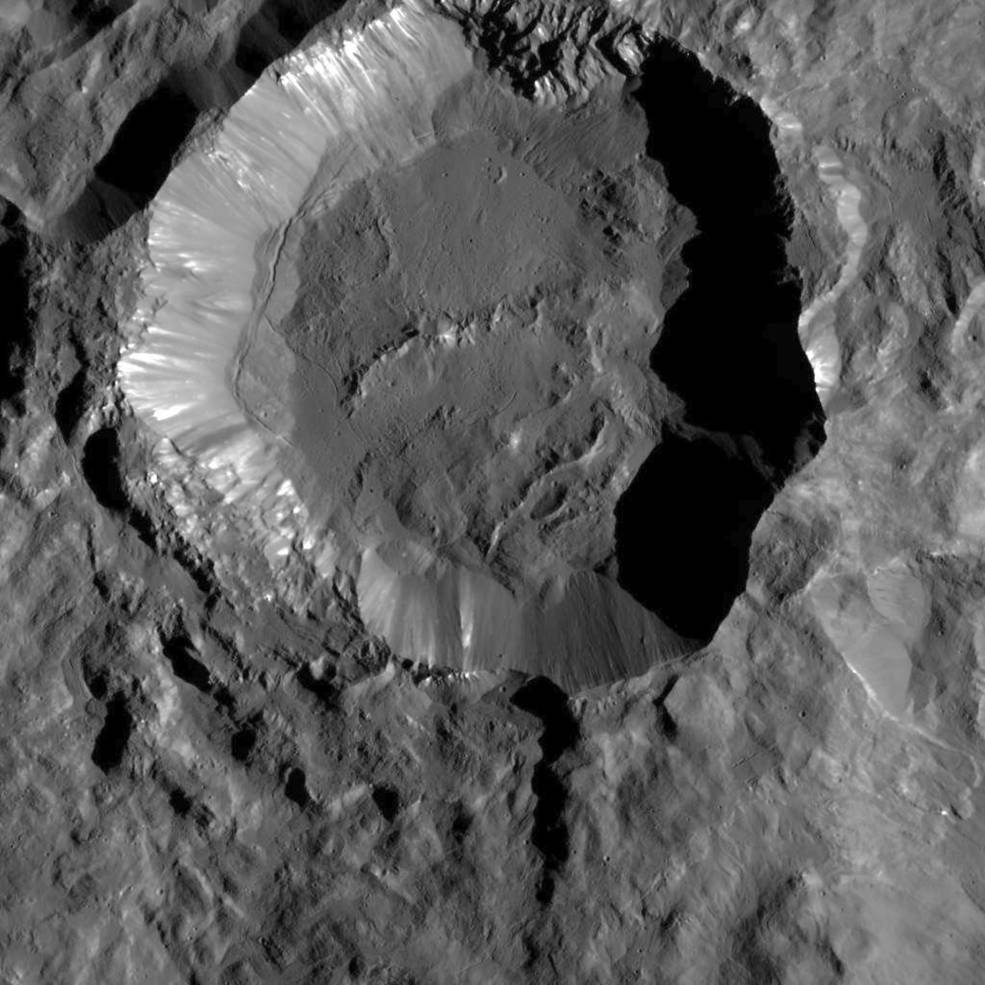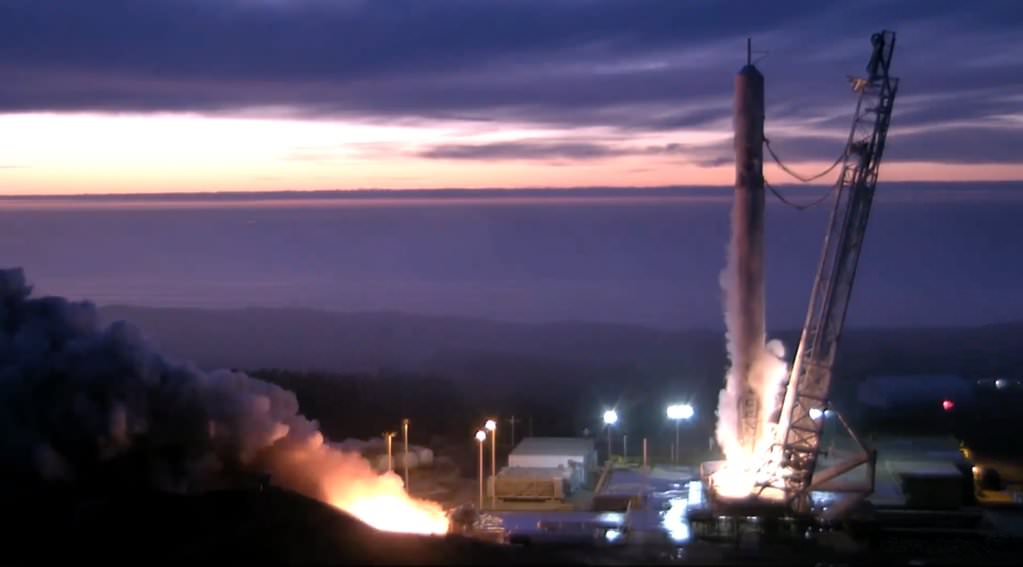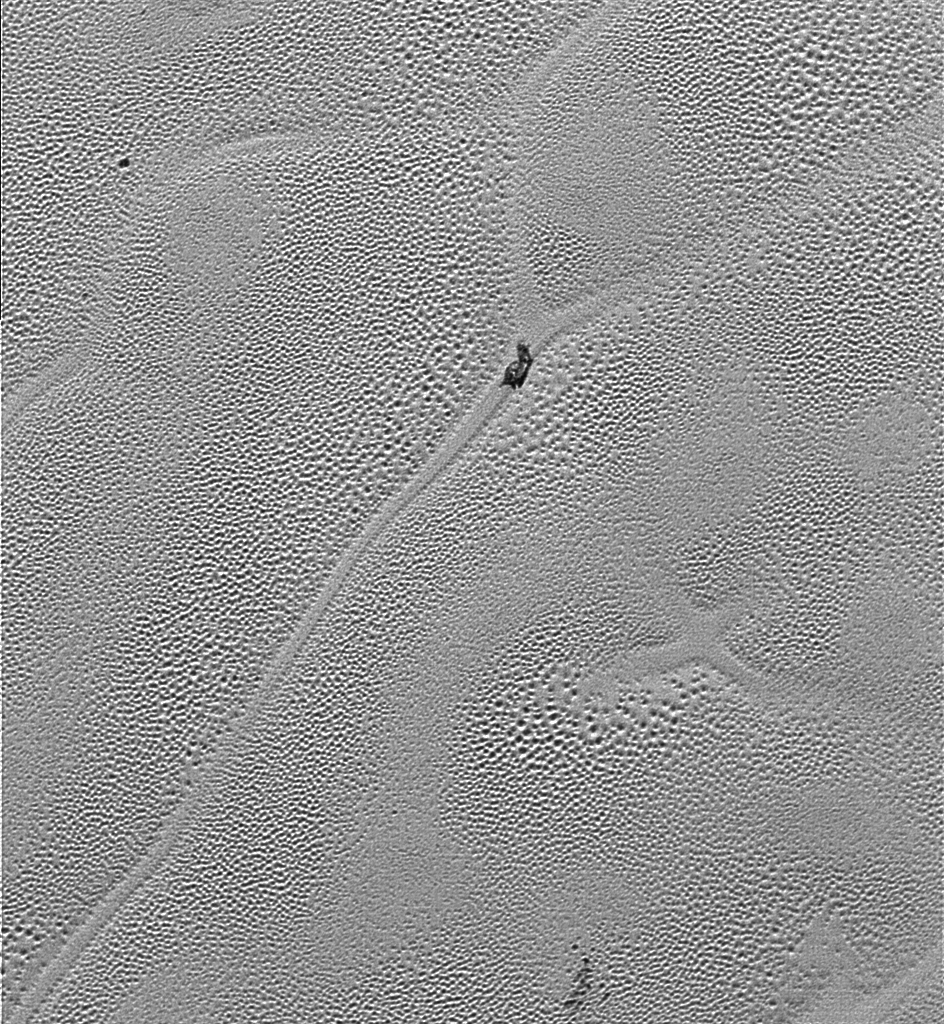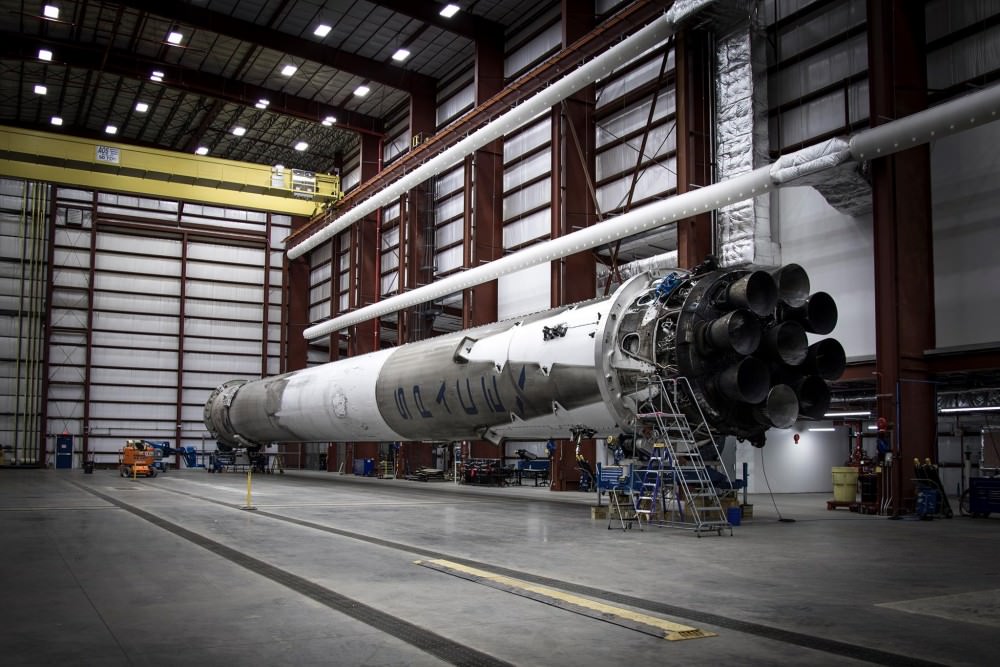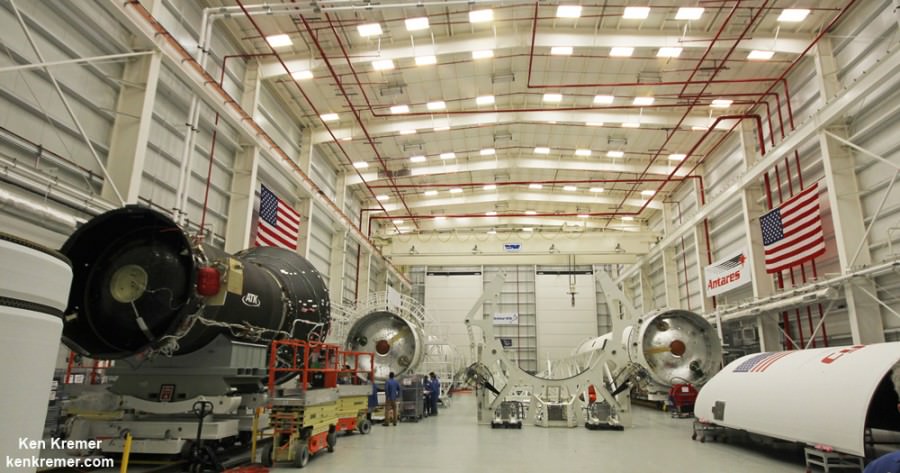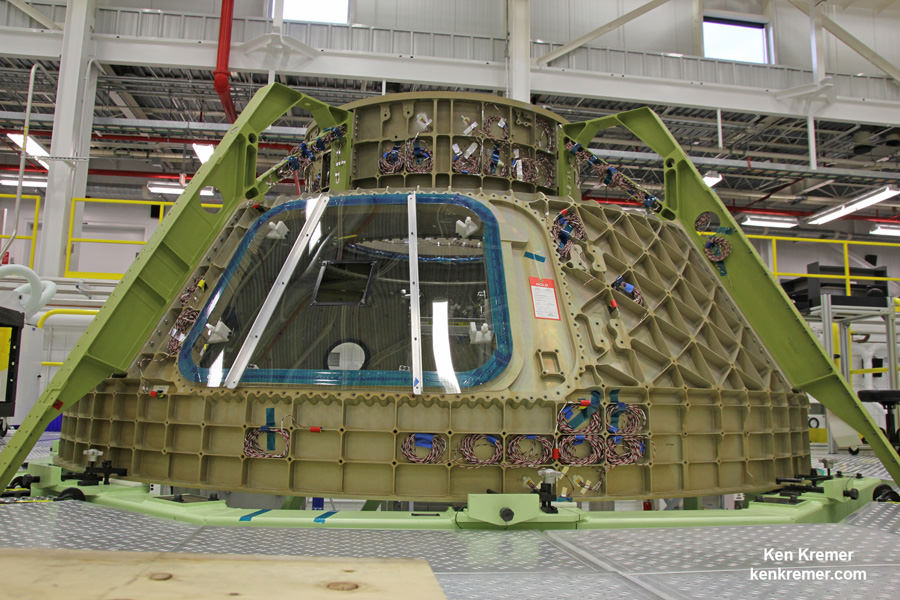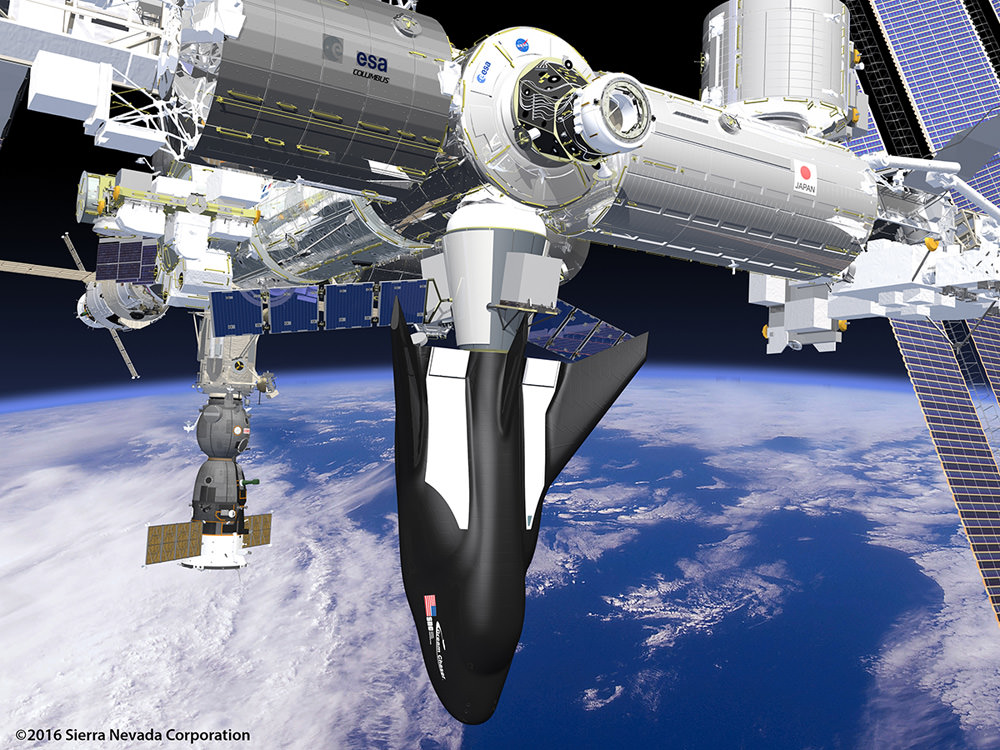
A shuttle will soar again from American soil before this decade is out, following NASA’s announcement today (Jan 14) that an unmanned version of the Dream Chaser spaceplane was among the trio of US awardees winning commercial contracts to ship essential cargo to the International Space Station (ISS) starting in 2019.
In addition to the Dream Chaser mini-shuttle built by Sierra Nevada Corporation of Sparks, Nevada, NASA decided to retain both of the current ISS commercial cargo vehicle providers, namely the Cygnus from Orbital ATK of Dulles, Virginia and the cargo Dragon from SpaceX of Hawthorne, California. Continue reading “Dream Chaser Spaceplane Gets ‘GO’ as NASA Awards Trio of Space Station Cargo Contracts”

